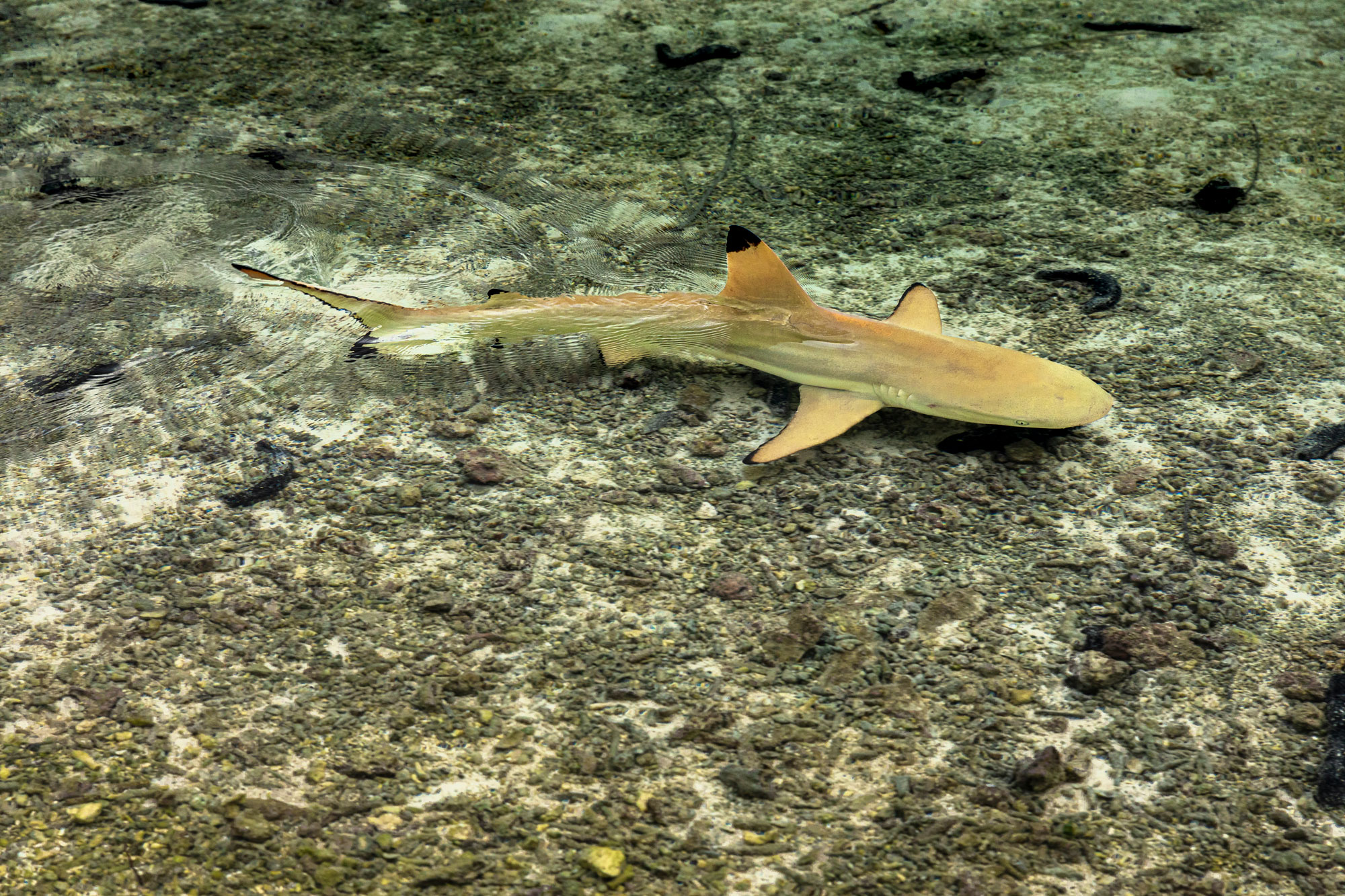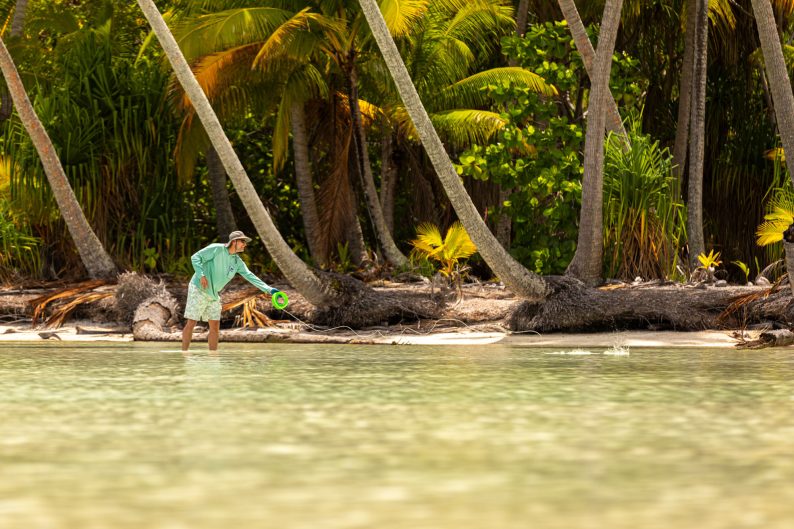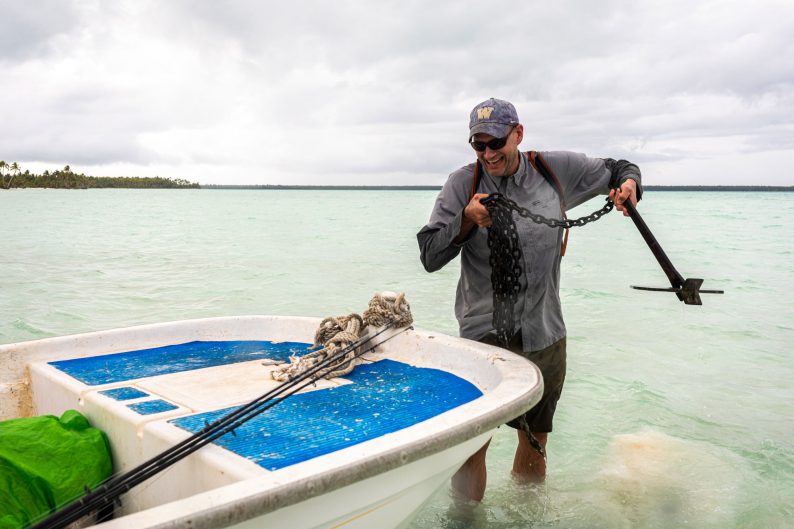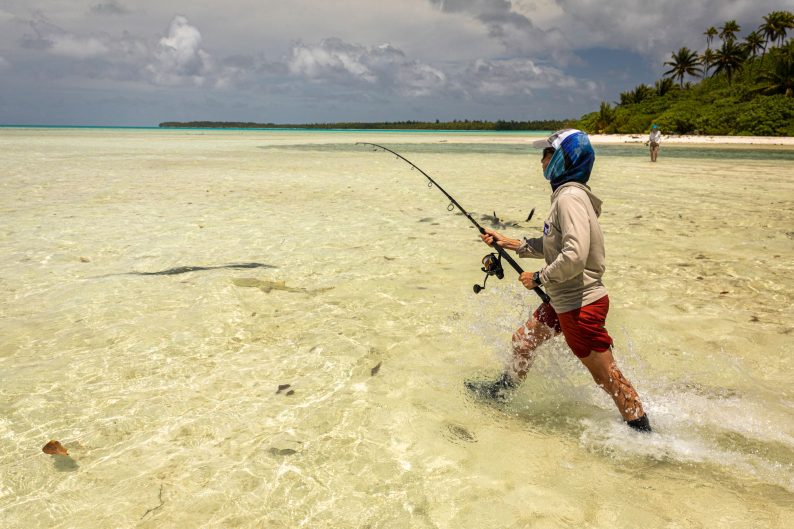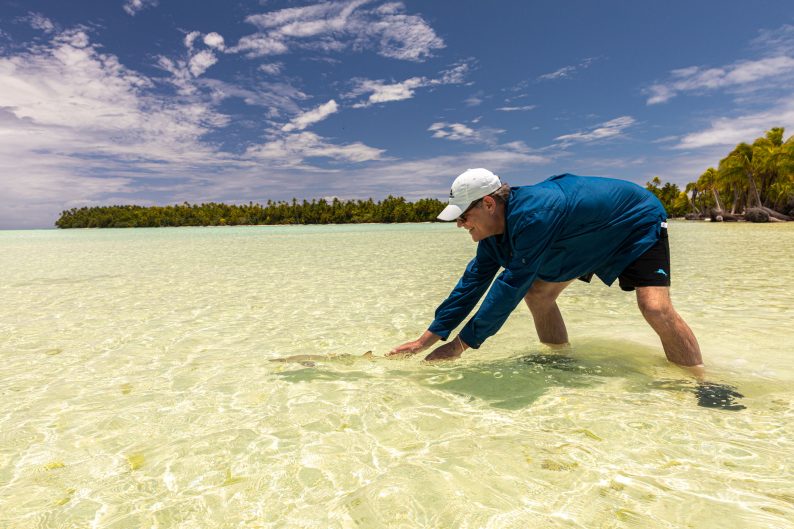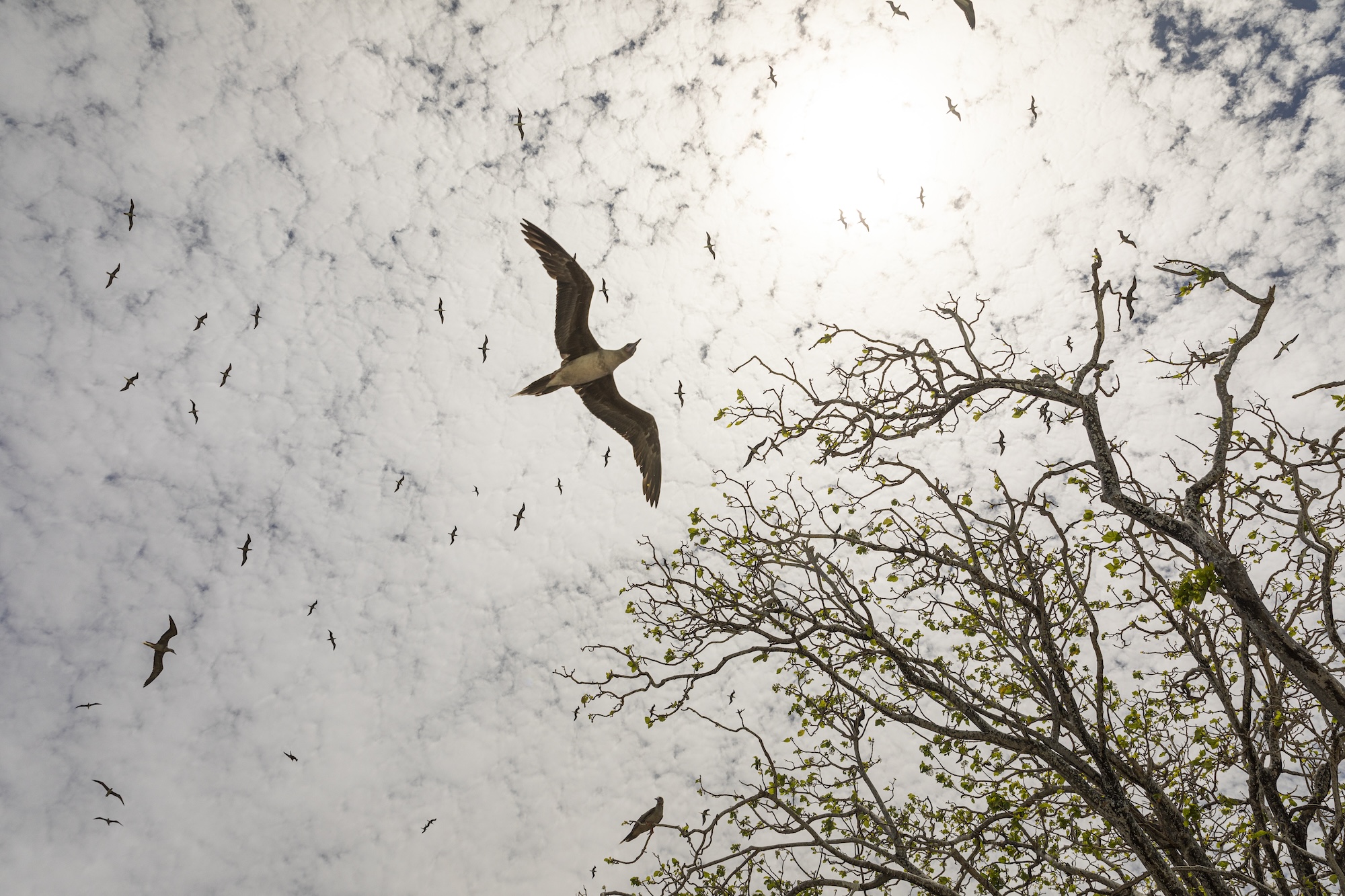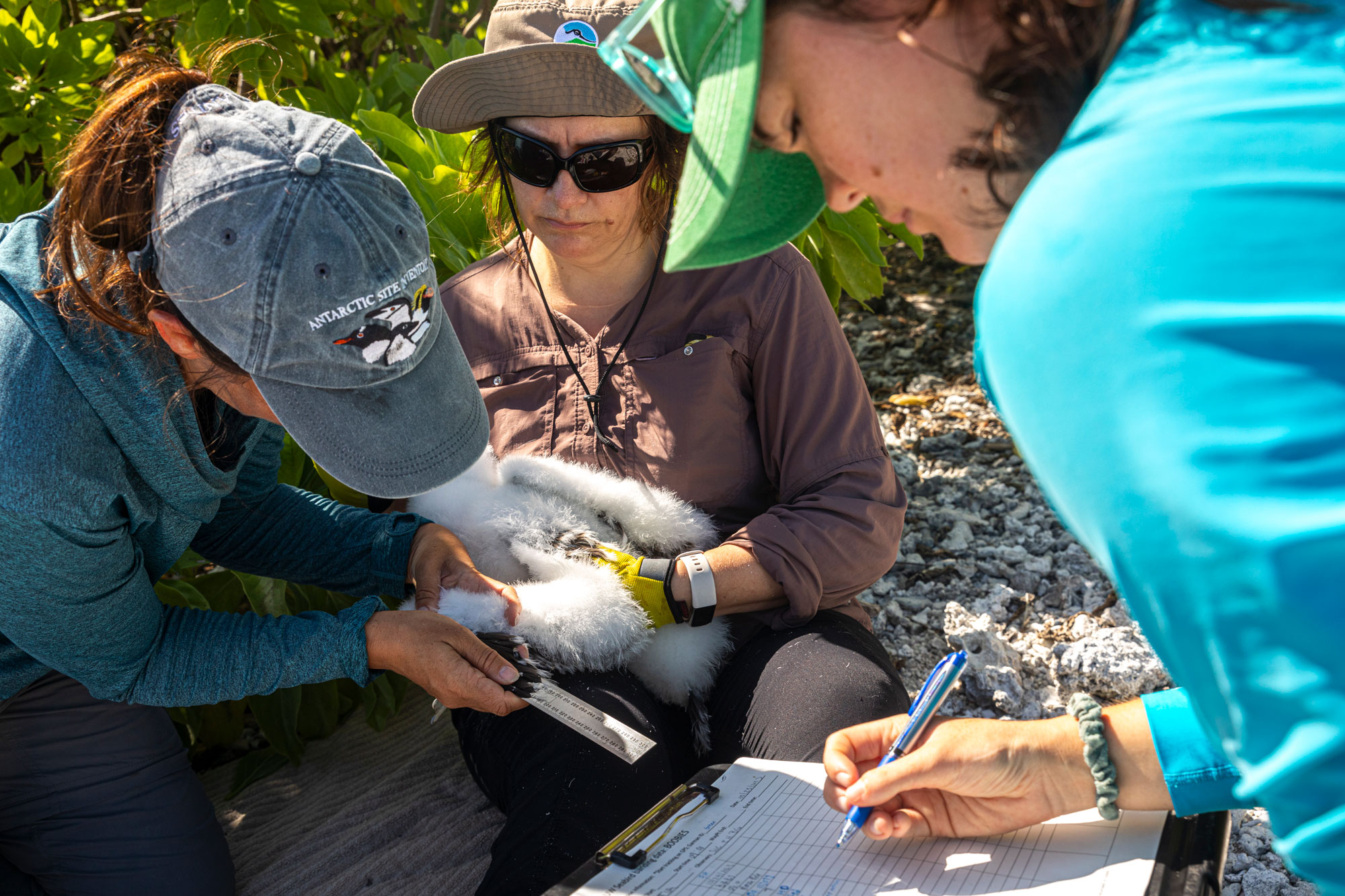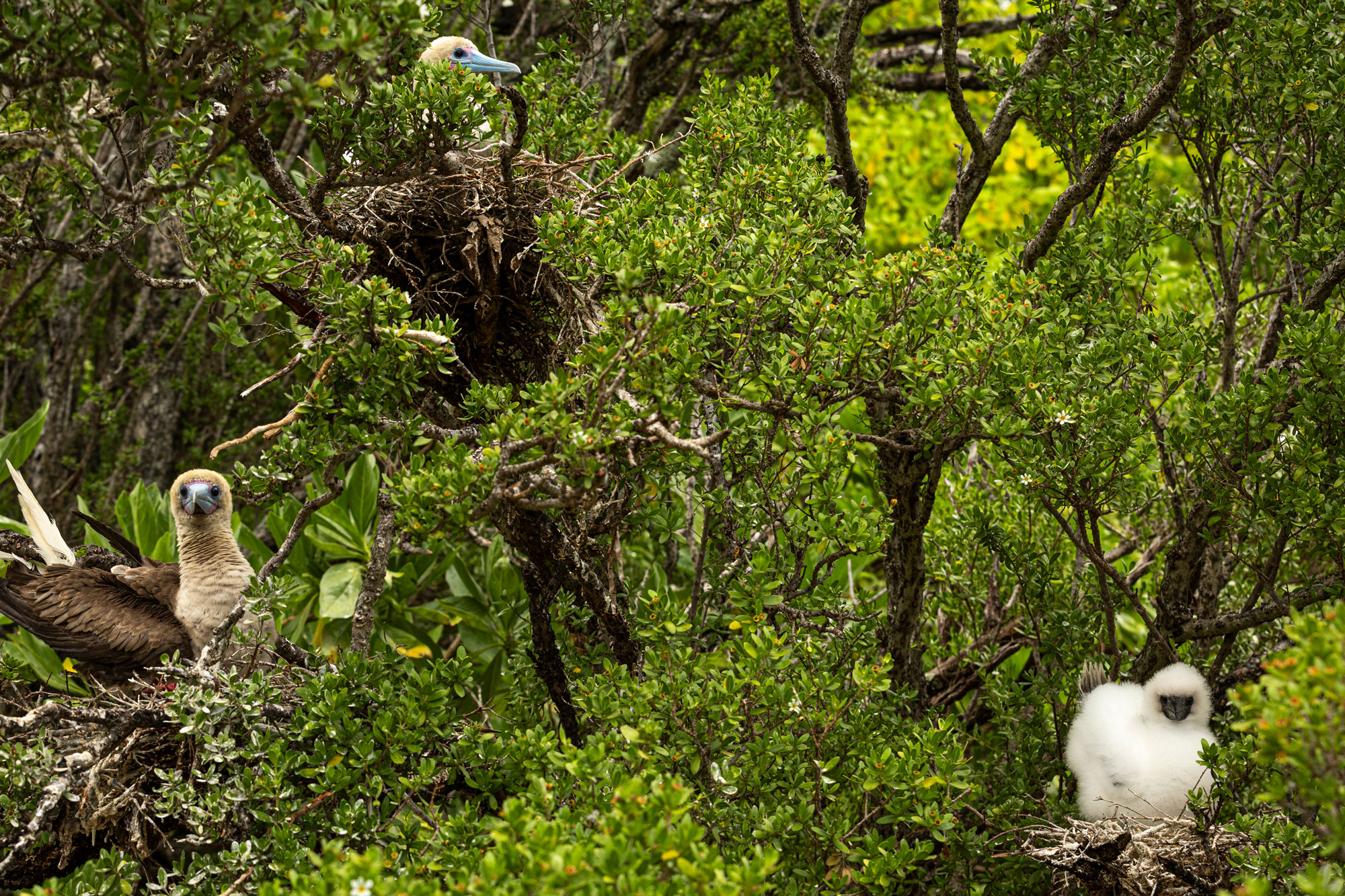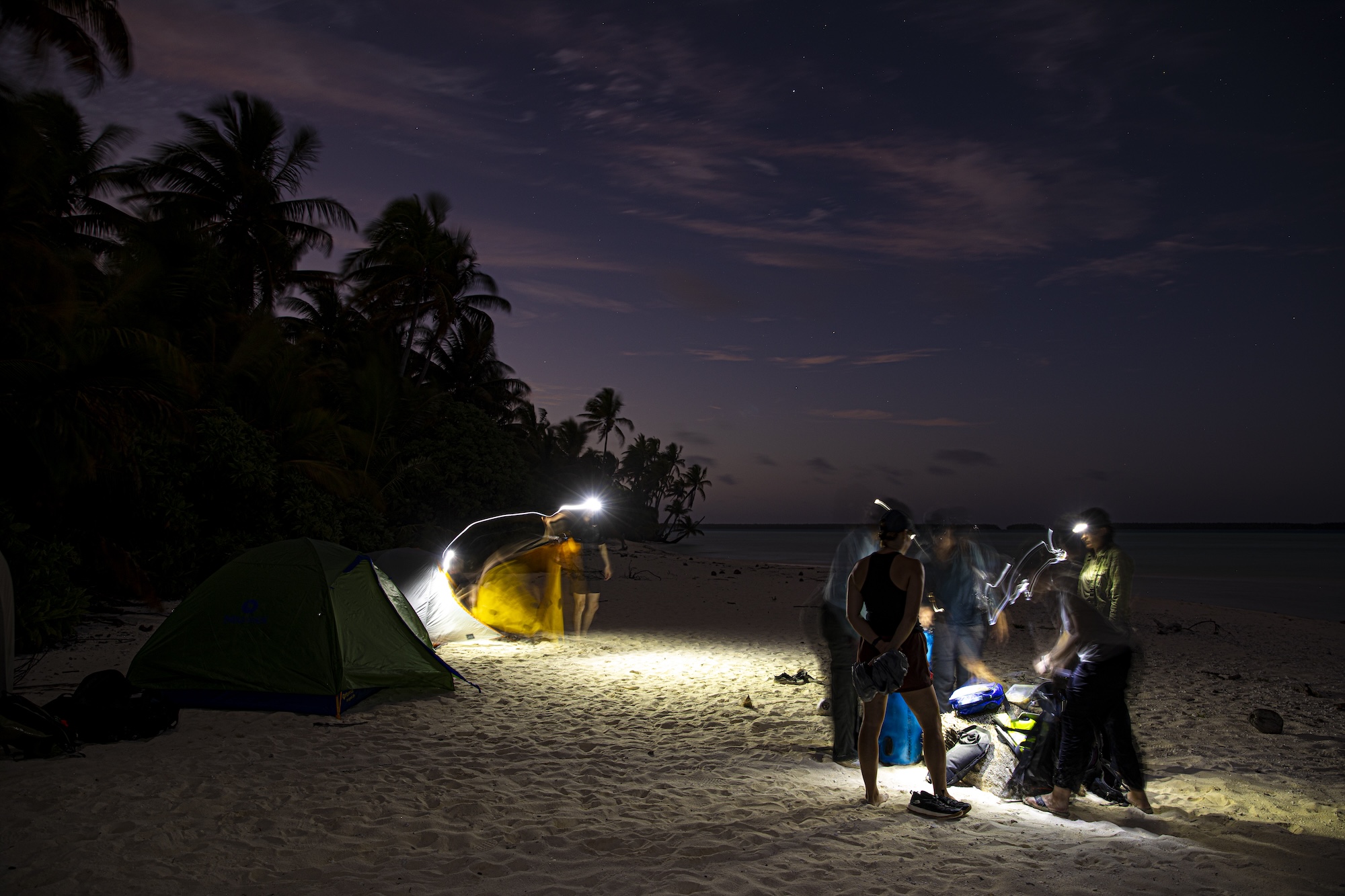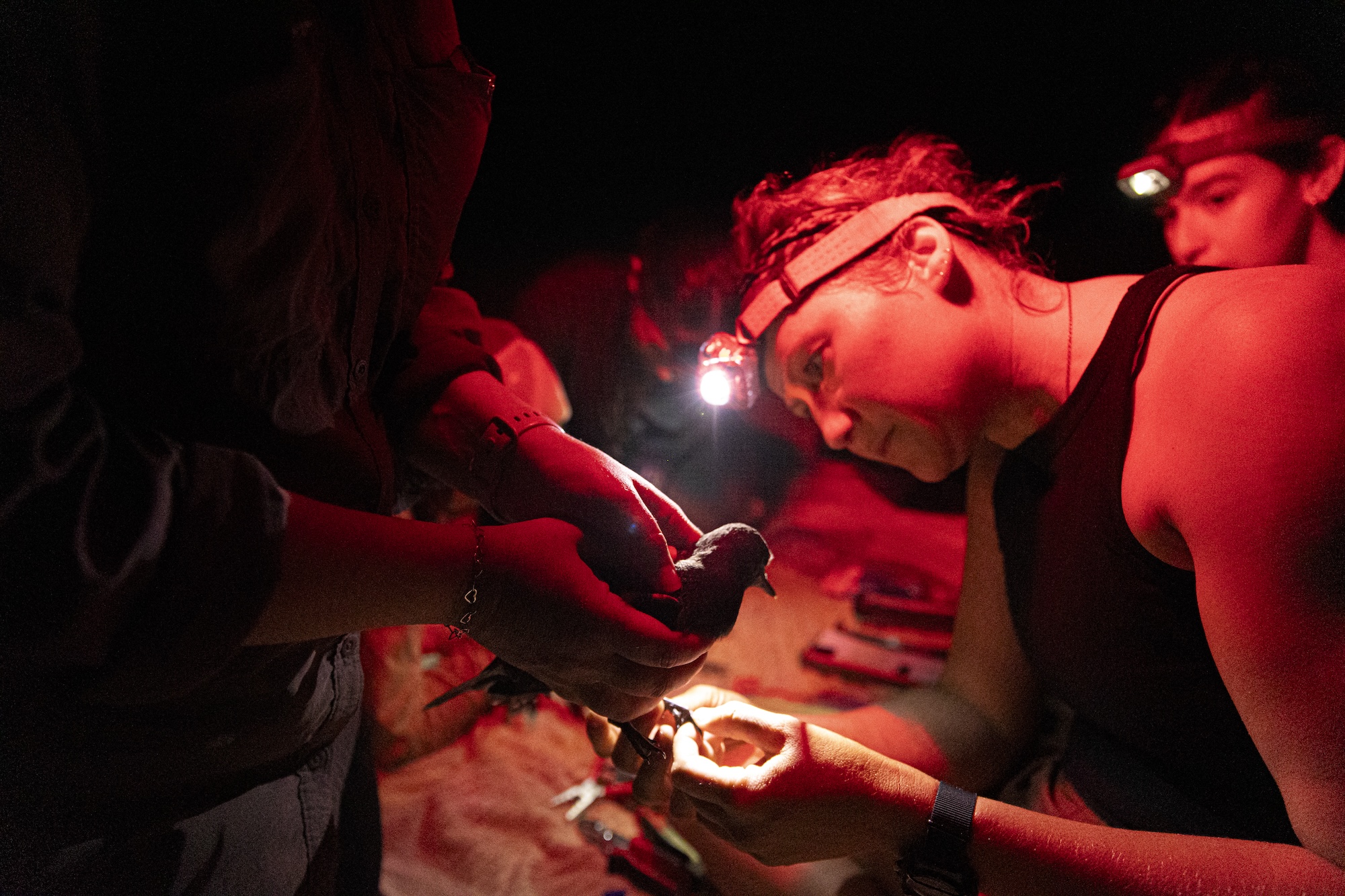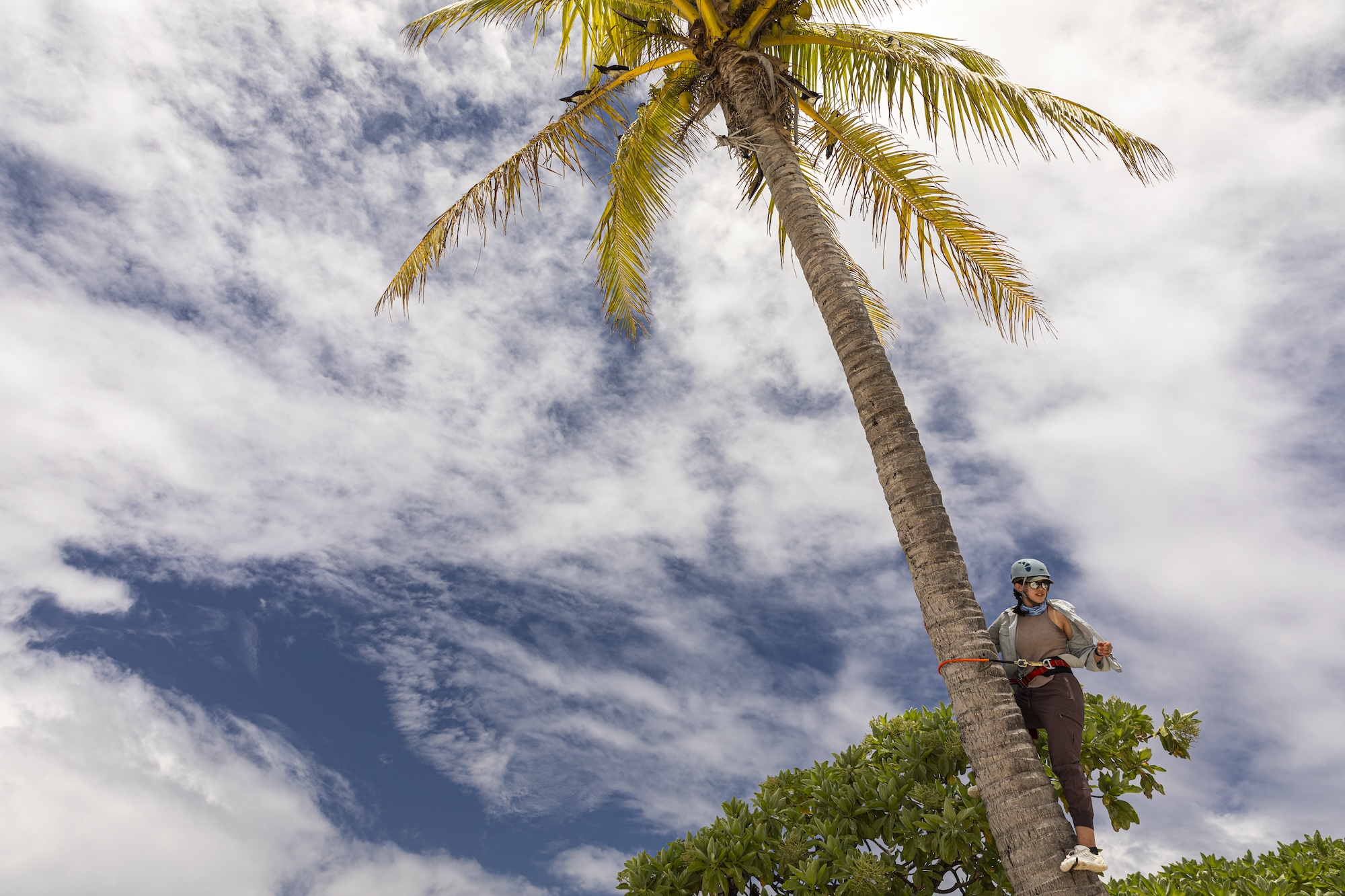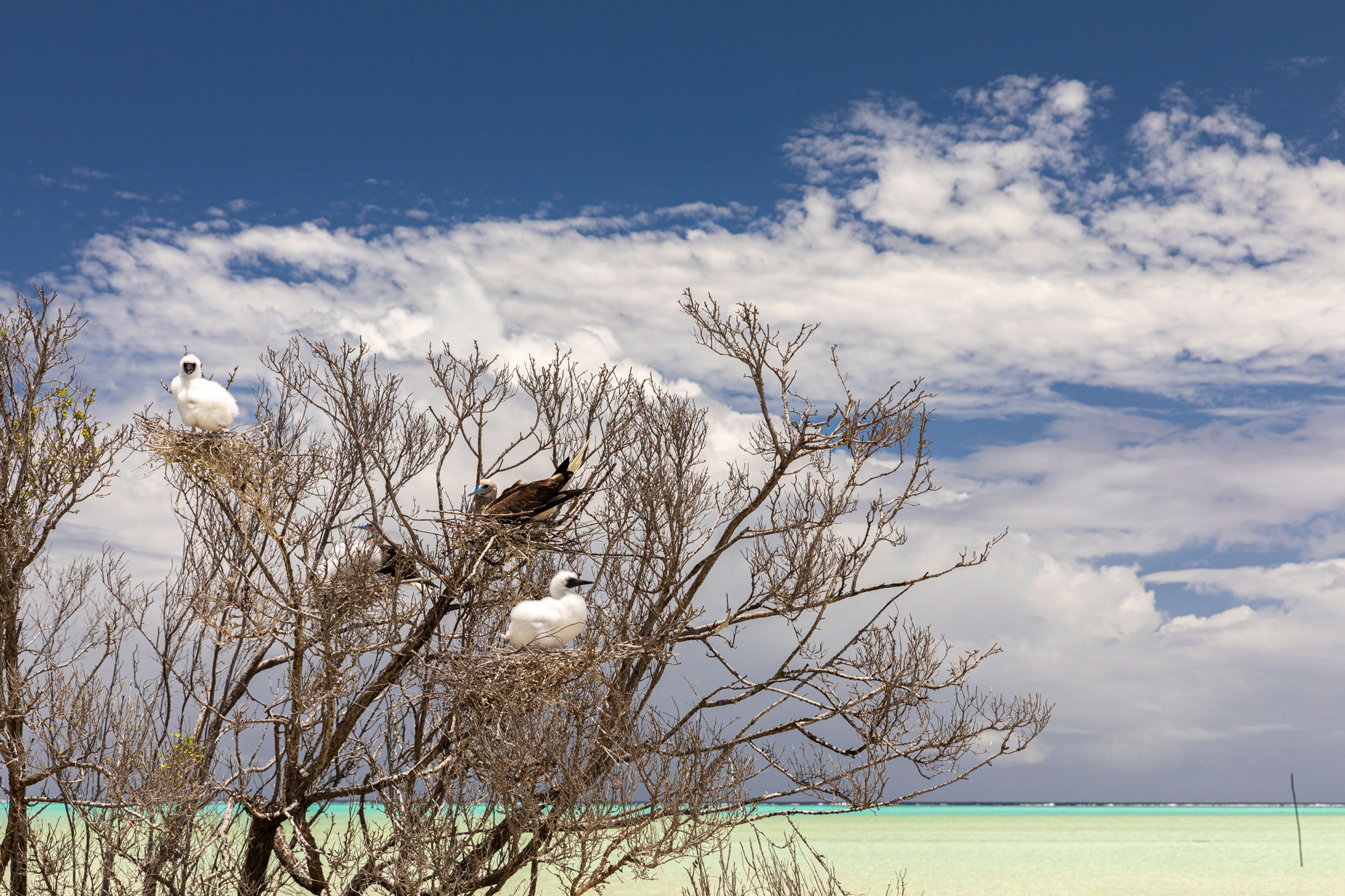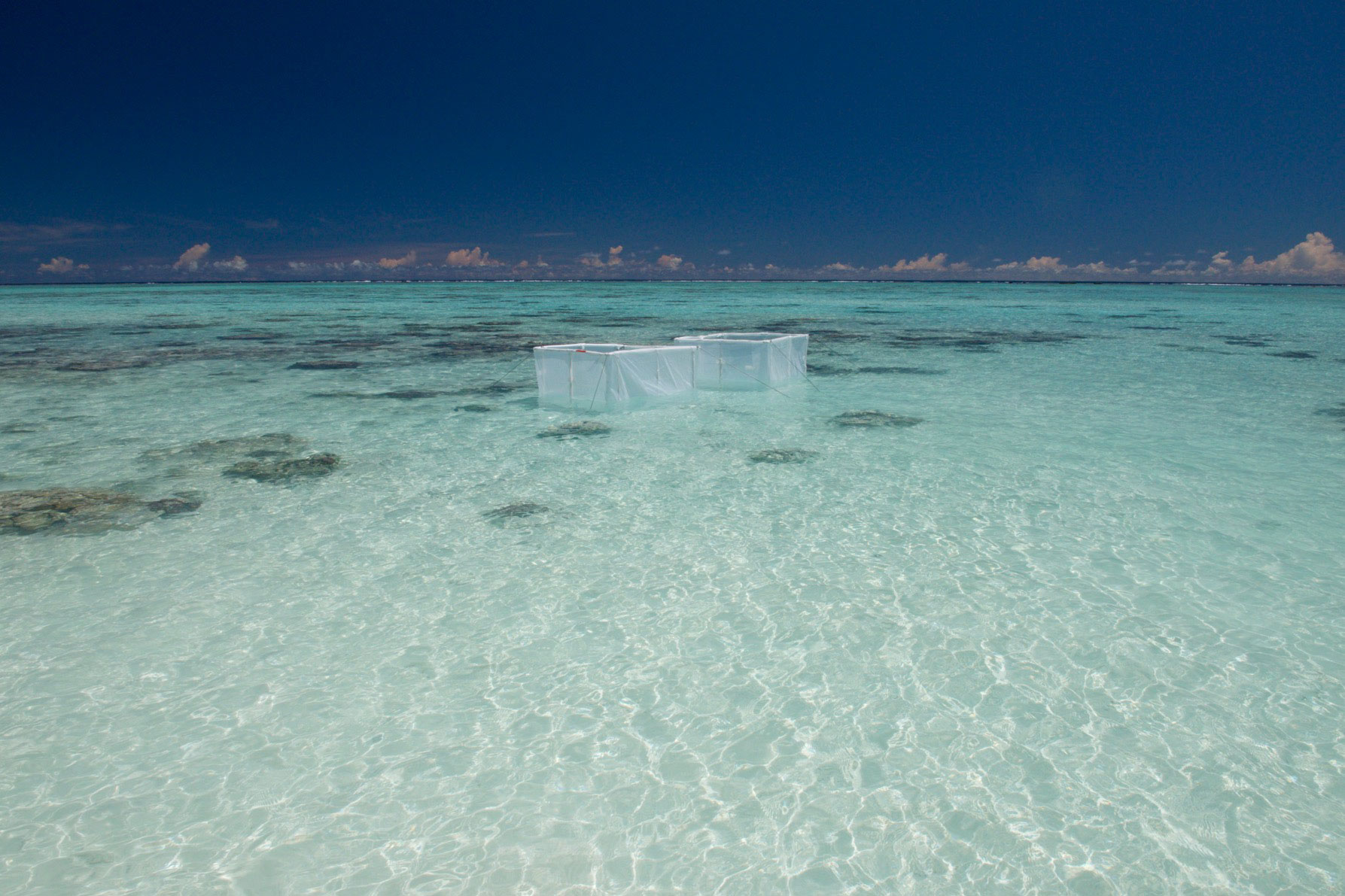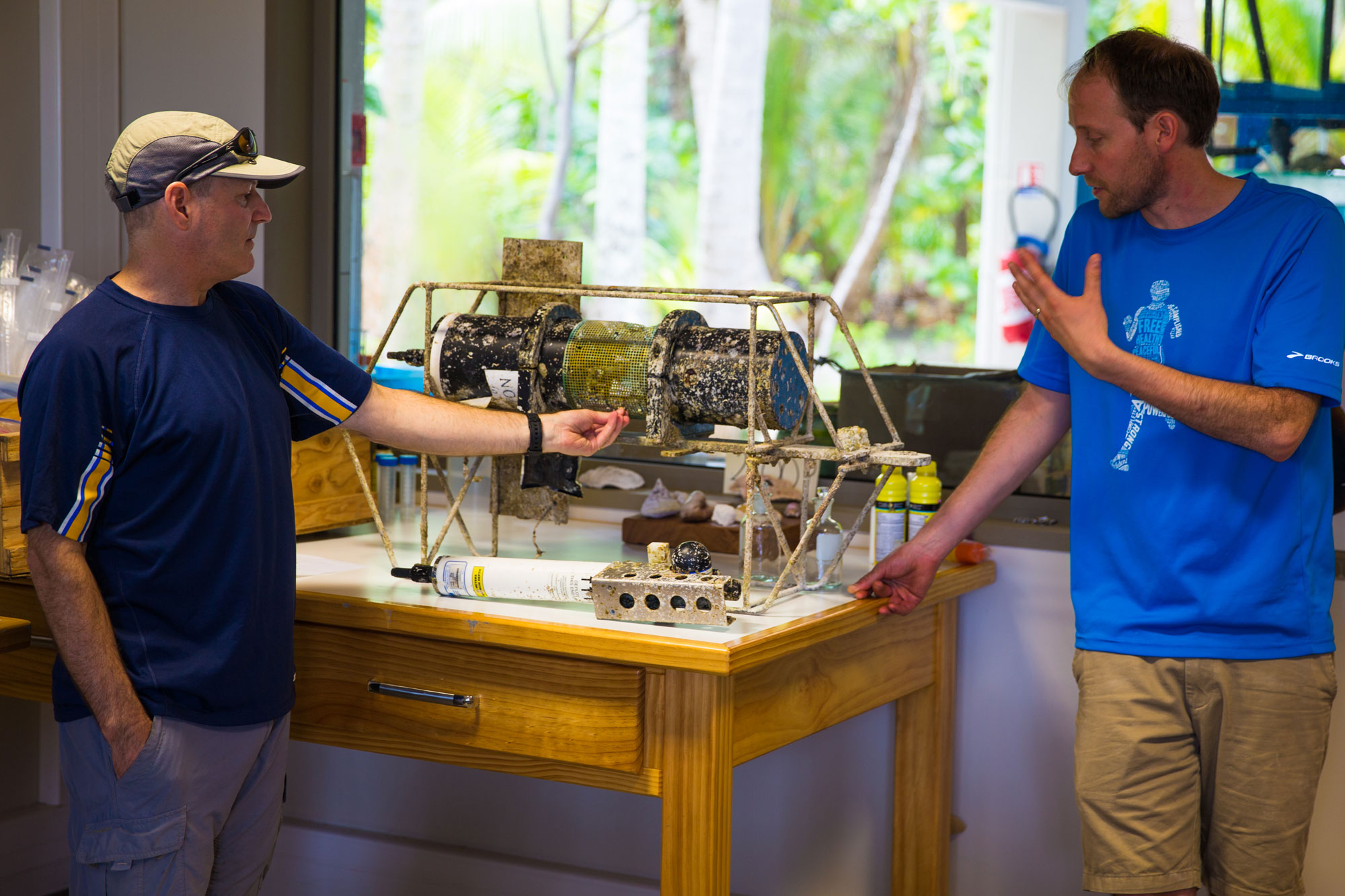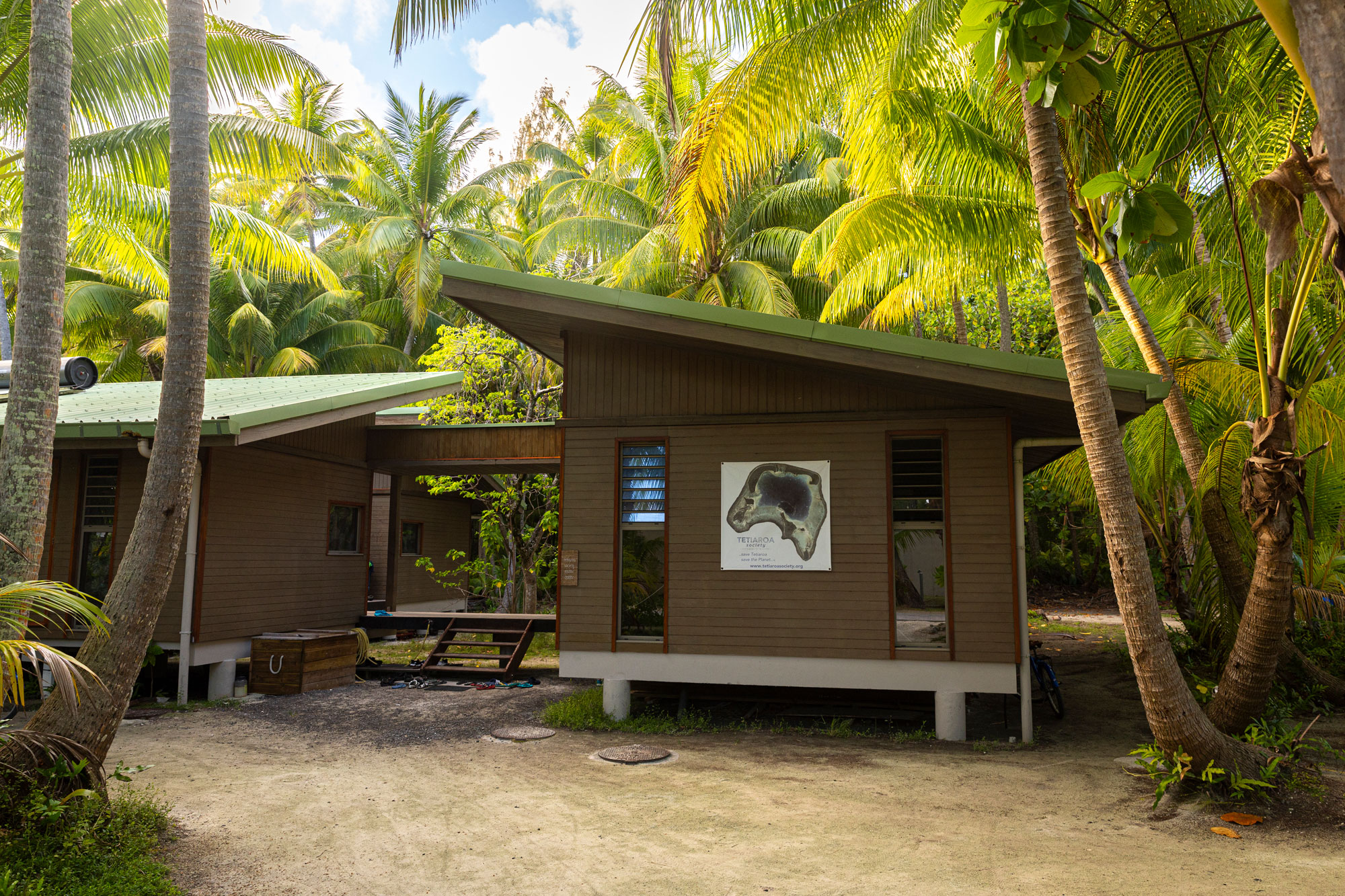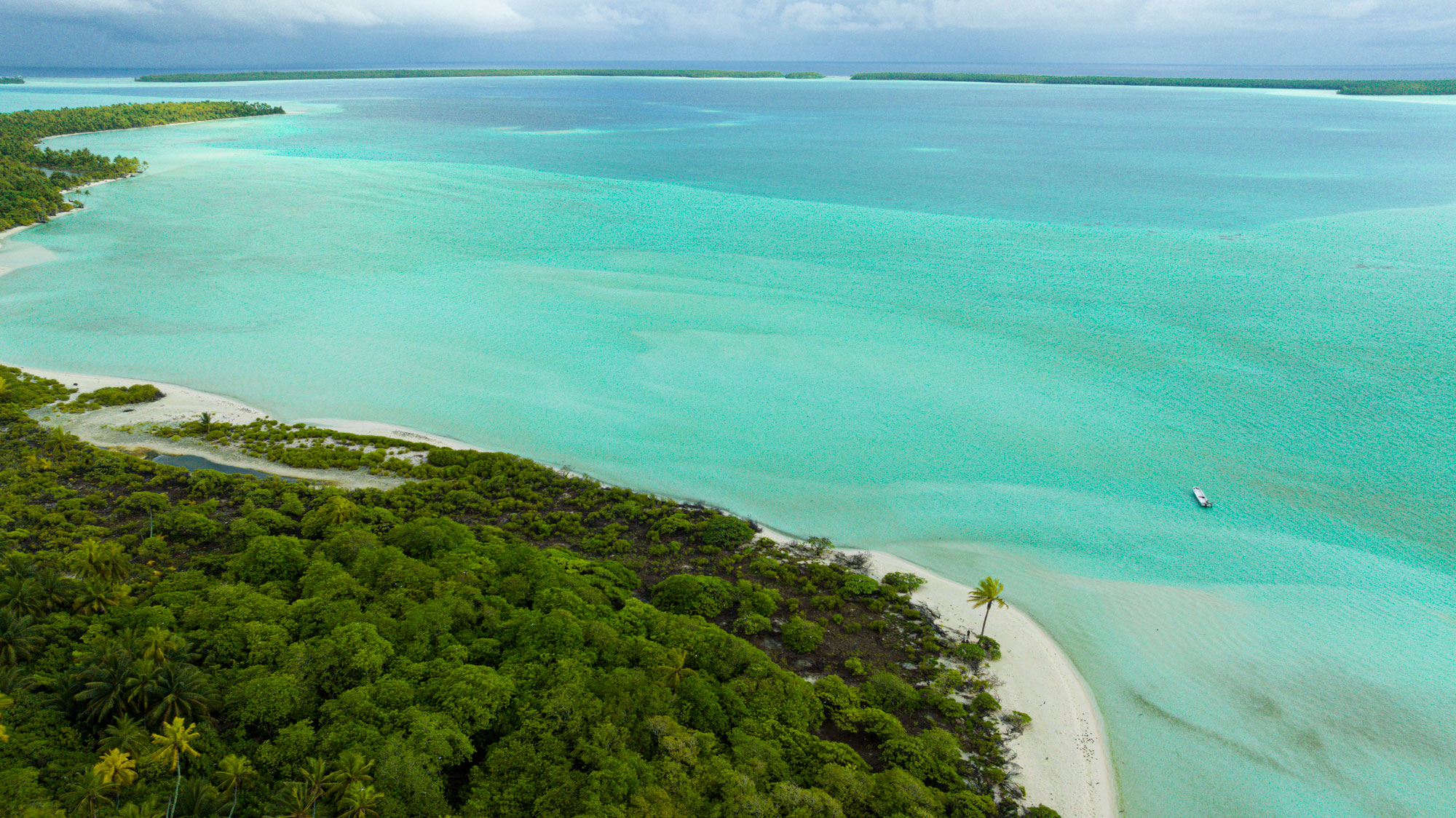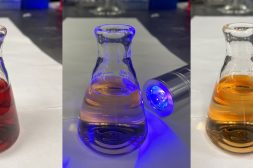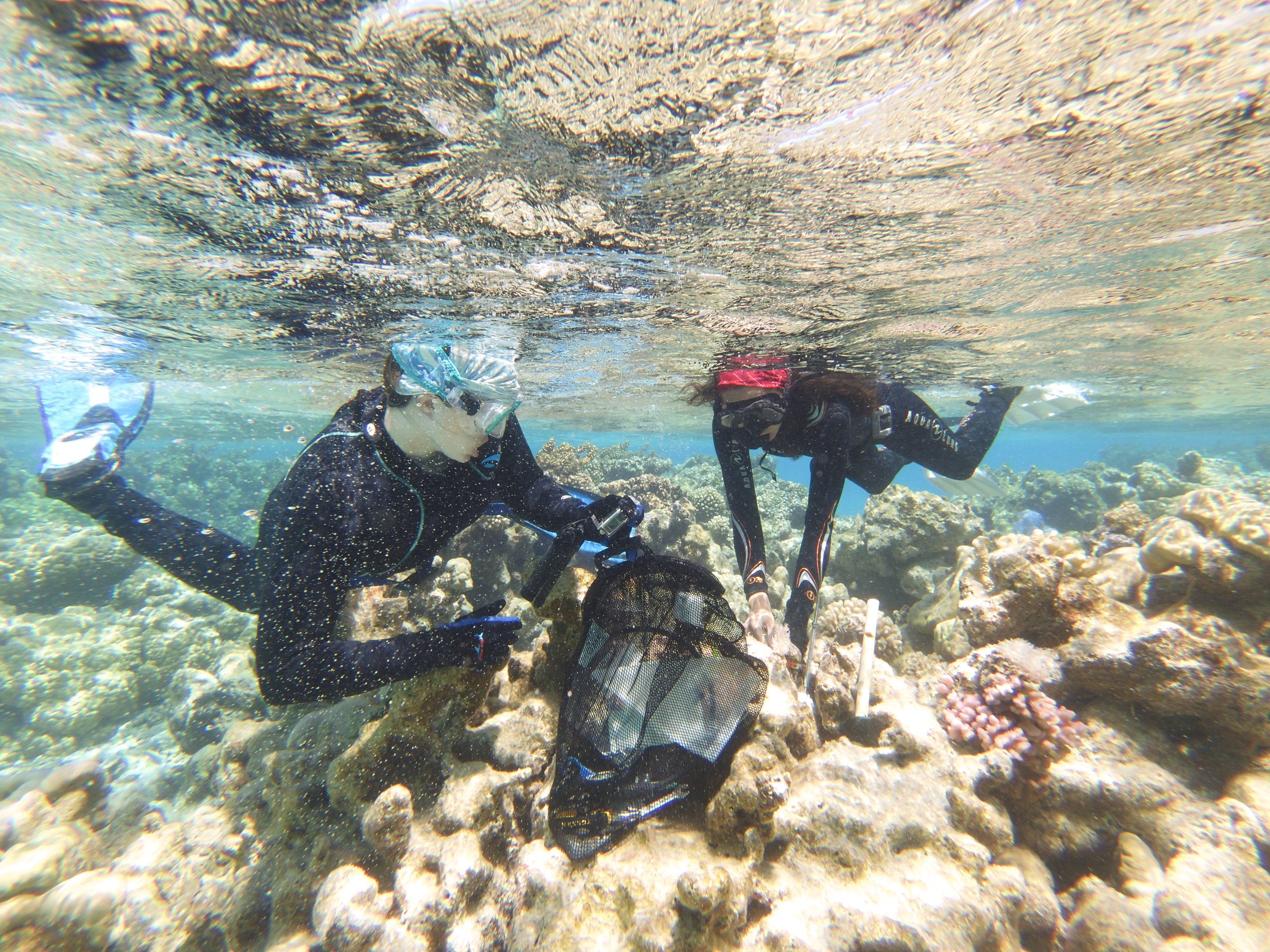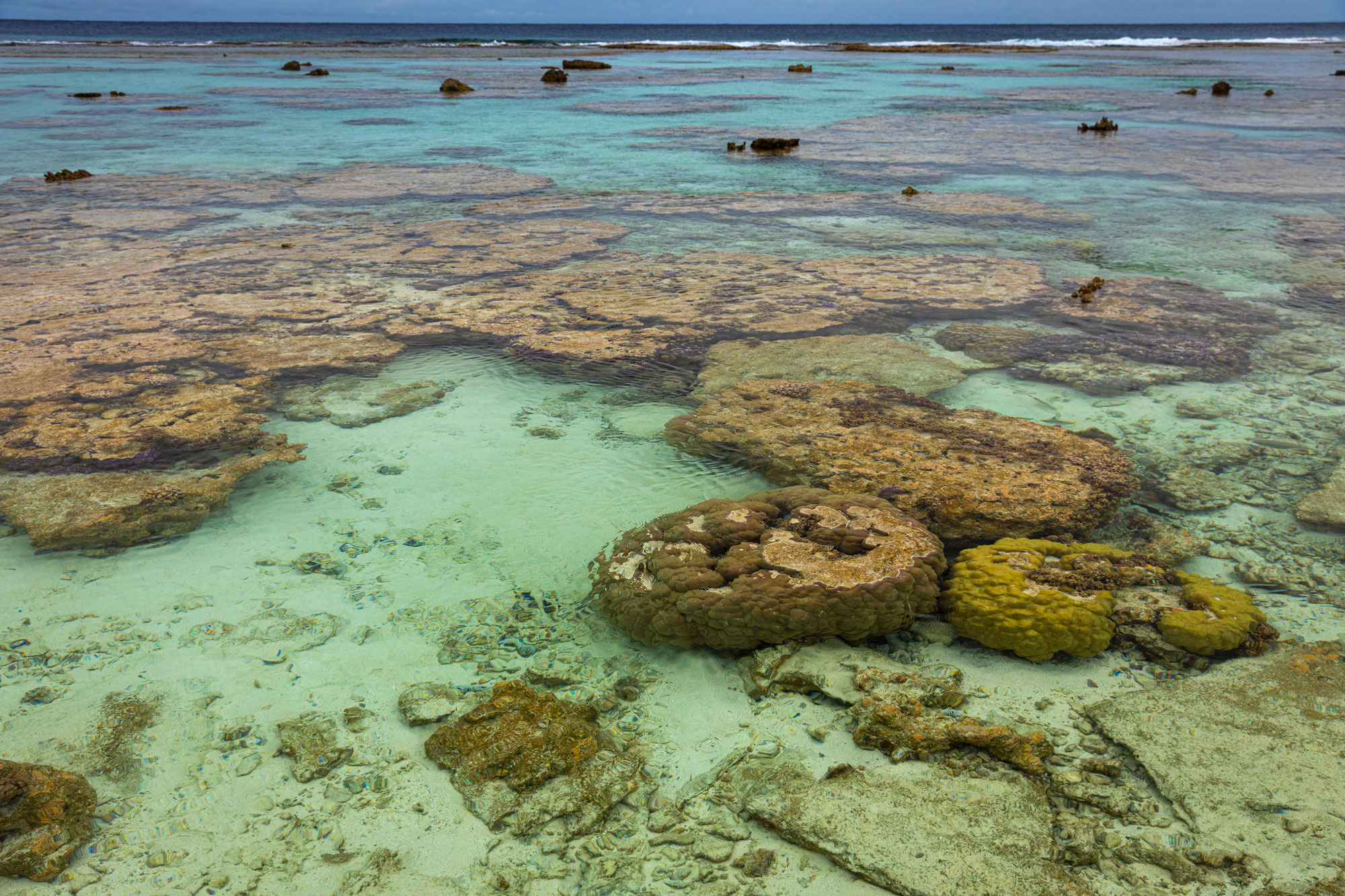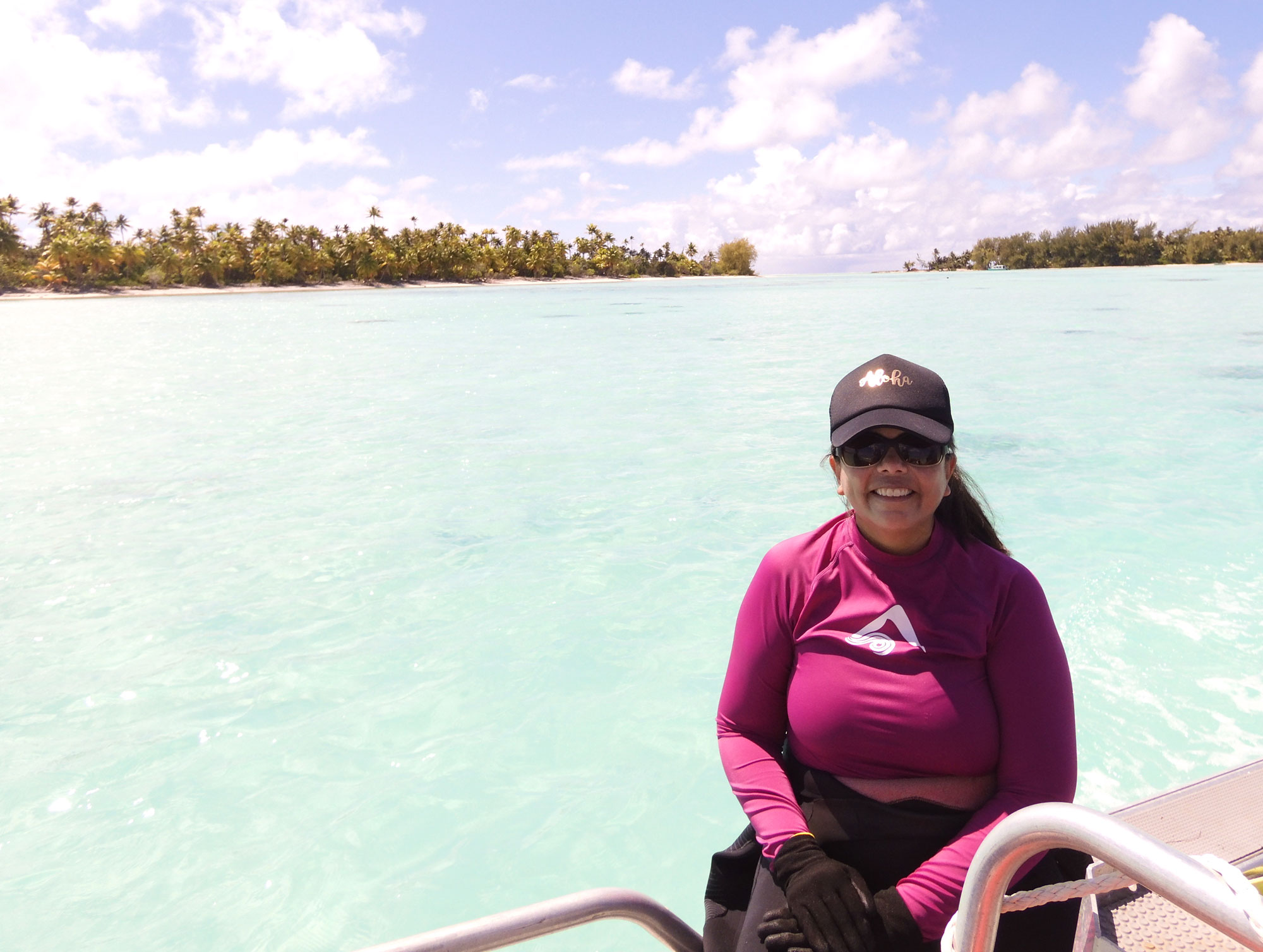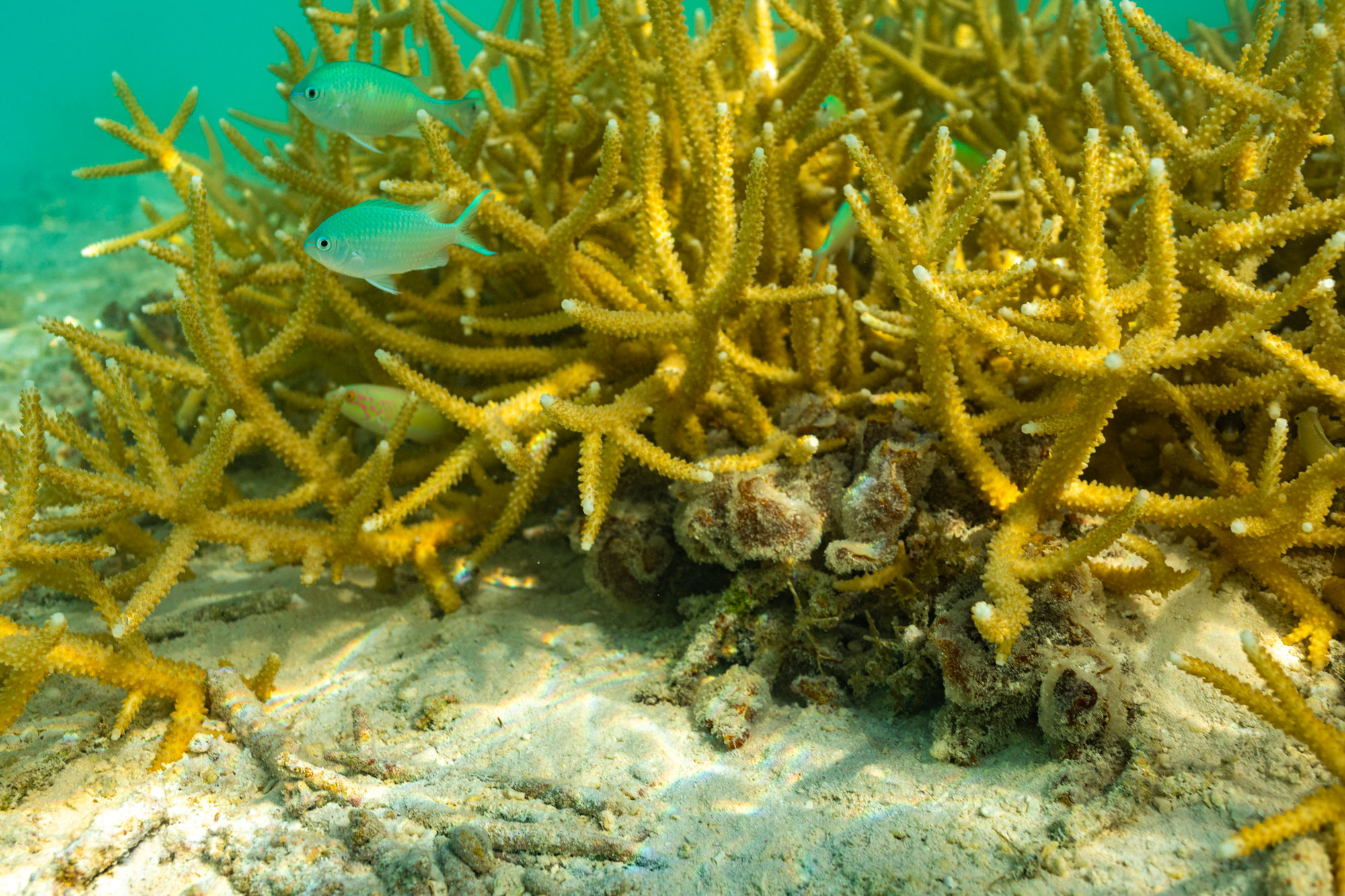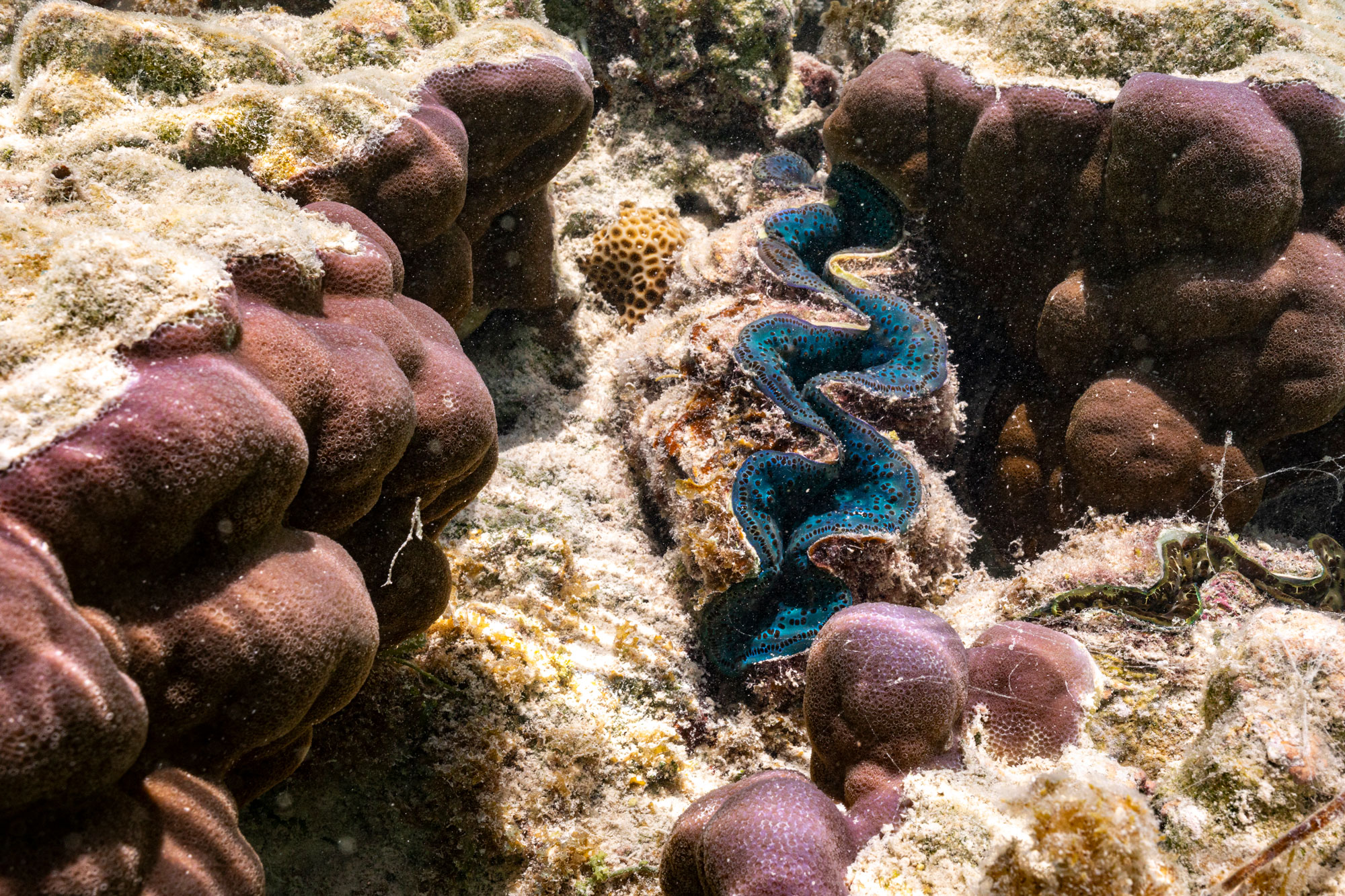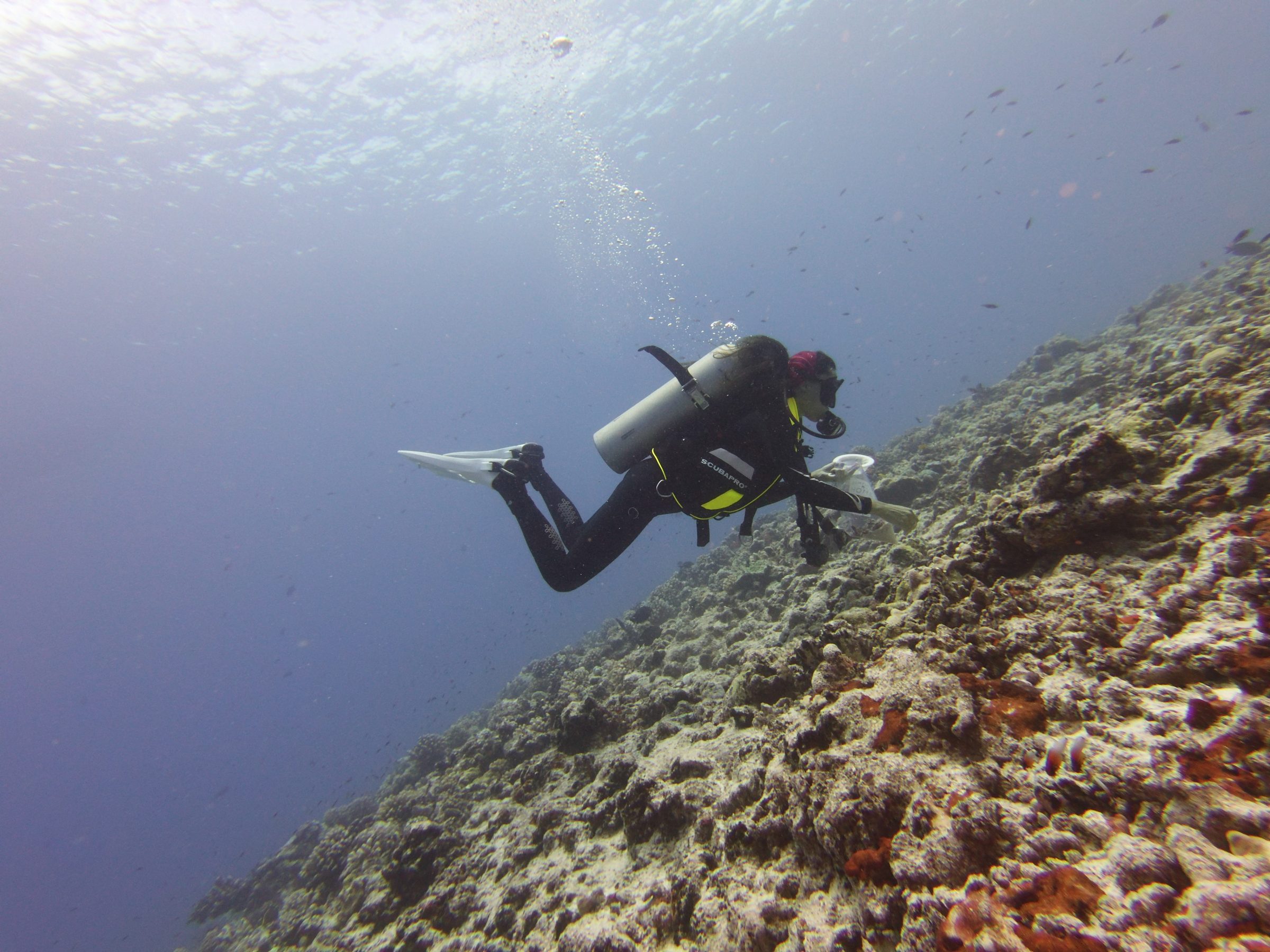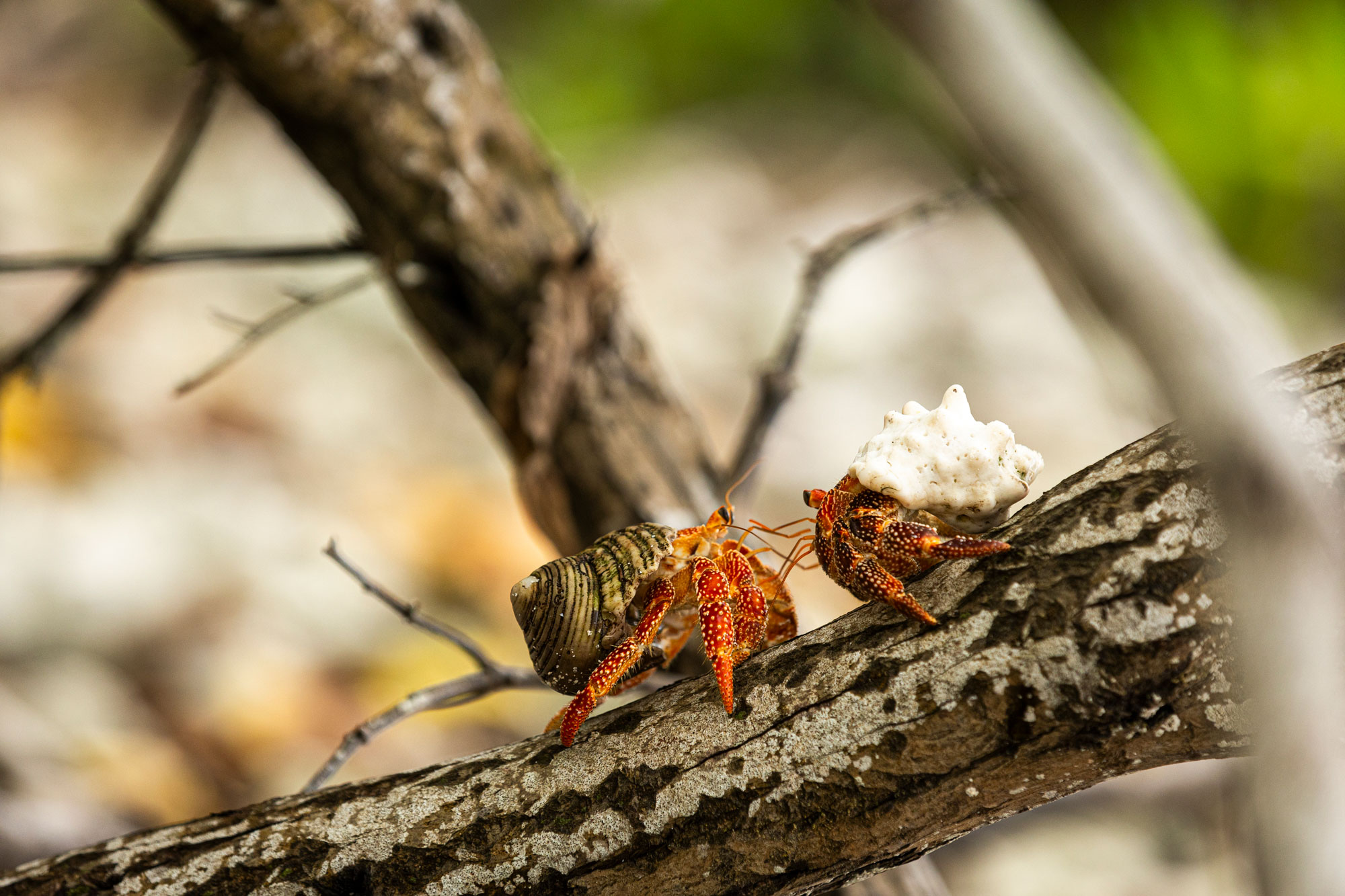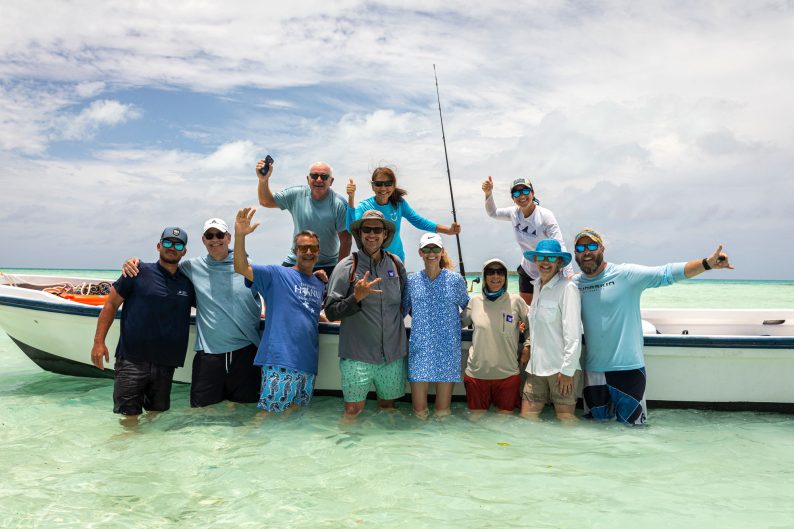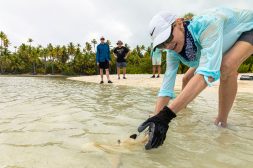
A vision for scientific research and conservation
Private support has advanced our knowledge of important and delicate ecosystems. The Seeley family, Tetiaroa Society, the family of The Brando Resort owner Richard Bailey and a growing community of donors have provided funding for long-term UW research projects over the past decade.
Read moreTetiaroa in the South Pacific Ocean is a paradise of turquoise, clear water and white-sand beaches. Sea turtles, juvenile sharks and birds of all sizes live in and around the atoll, a series of 12 small coral islets encircling a lagoon.
While not untouched by humans, these islands in French Polynesia are relatively pristine and offer researchers an opportunity to immerse themselves and study within a thriving tropical ecosystem. Once owned by the late actor Marlon Brando, the islands are now home to an eco-resort that houses a marine laboratory as part of Brando’s original conservation vision for Tetiaroa.
UW College of the Environment researchers have been working on the islands since 2013 to better understand and protect marine ecosystems. Projects range from learning the behavior of young sharks to understanding where seabirds go for their daily meals. Six UW professors maintain four distinct projects, providing valuable field experiences to graduate students and members of their labs. Learn more about each project below.

A vision for scientific research and conservation
Private support has advanced our knowledge of important and delicate ecosystems. The Seeley family, Tetiaroa Society, the family of The Brando Resort owner Richard Bailey and a growing community of donors have provided funding for long-term UW research projects over the past decade.
Read more
